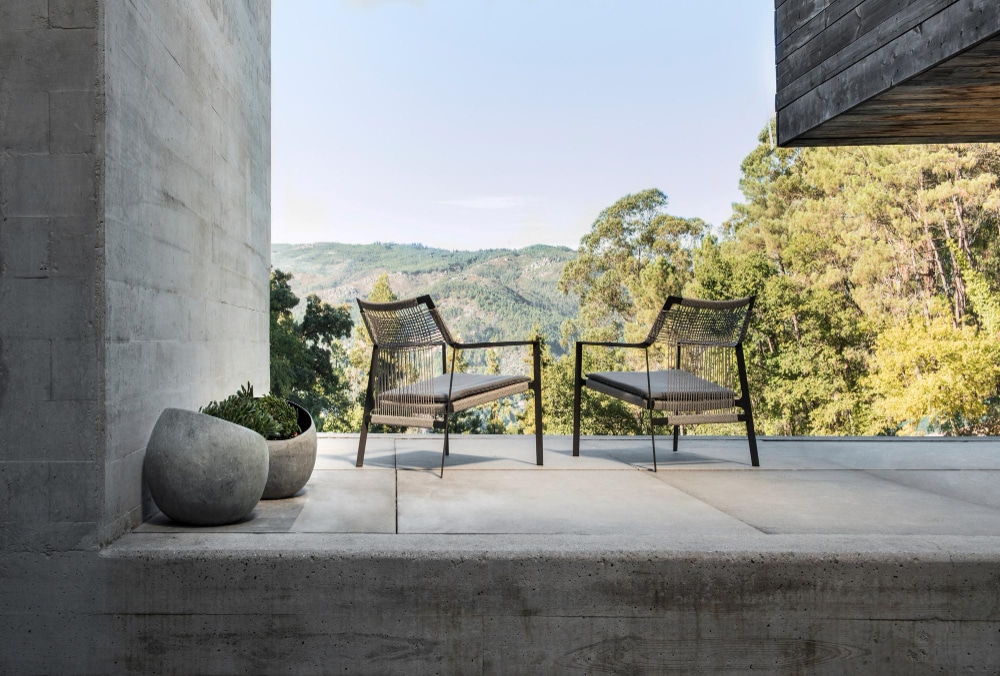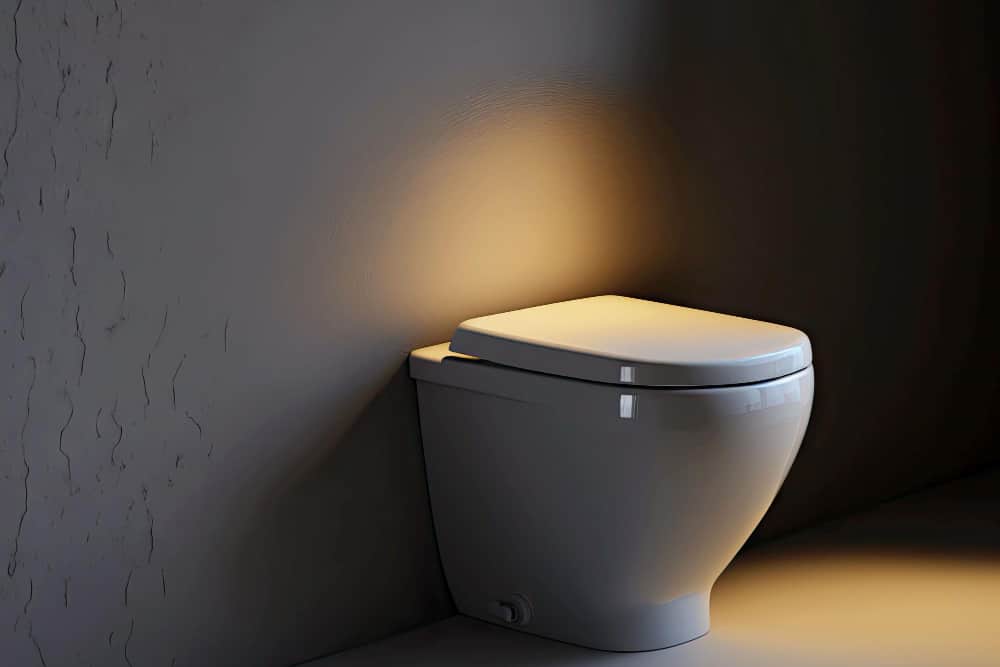Creating the kitchen of your dreams is an exciting journey, and the countertop you choose is one of the stars of the show. It’s not just about picking something that looks good: your countertop needs to be functional, durable, and easy to maintain too. In this blog, we’re going to dive into 15 kitchen countertop mistakes that can throw a wrench in your plans. By steering clear of these common blunders, you’ll ensure your kitchen is not just a treat for the eyes but a practical space for all your cooking adventures.
Steps To Avoid Common Kitchen Countertop Mistakes
Choosing a Countertop Without Considering Your Kitchen Habits
First up, let’s talk about your kitchen routine. Are you the kind of person who loves to bake, spending hours kneading dough and rolling out pastries? Or maybe you’re a home chef, whipping up gourmet meals on the regular? Your countertop needs to match your kitchen lifestyle. For those heavy-duty tasks, hardy materials like granite or quartz are your best friends. They’re tough enough to handle whatever you throw at them, from hot pans to sharp knives.
Falling for Looks Over Functionality –
We all want a kitchen that looks out of a magazine, but choosing a countertop based solely on its appearance can lead to regrets. Sure, that ultra-modern, glossy finish might catch your eye now, but how will it hold up to spills, stains, and scratches? Balance is key. Look for materials that not only fit your aesthetic but will also stand the test of time and daily use.
Not Setting a Realistic Budget
Countertops come in a wide range of prices, and it’s easy to get carried away. Before you start shopping, figure out how much you can realistically afford to spend. Remember, the cost doesn’t end with the purchase price; installation and maintenance can add up too. By setting a budget from the get-go, you’ll avoid the stress of overspending and find a countertop that fits both your kitchen and your wallet.
Overlooking Maintenance Requirements
Some countertops are high maintenance, needing regular sealing and special cleaners, while others are more laid-back. Consider how much time and effort you’re willing to put into upkeep. If you’re not keen on the idea of regular maintenance, materials like laminate or solid surface might be more your speed. They offer beauty without the fuss.
Choosing the Wrong Color
Trendy colors can be tempting, but will you still love that bright orange countertop a few years down the line? Opt for colors that will stand the test of time and complement your kitchen’s overall theme. Neutral colors like beige, gray, and classic white are versatile and can adapt to changing trends and decor.
Ignoring the Importance of Edge Profiles
The edge profile of your countertop plays a big role in the overall look of your kitchen. From sleek and simple to detailed and ornate, the right edge can add character and style. It’s not just about aesthetics, though; some edges are safer or more practical for busy kitchens. Take the time to choose an edge that matches your kitchen’s vibe and your lifestyle.
Not Thinking About Seam Placement
In large kitchens, seams in your countertop are almost unavoidable. But with a little planning, they don’t have to be an eyesore. Work with your installer to find the best spot for seams, making them as inconspicuous as possible. This attention to detail can make a big difference in the finished look of your countertop.
Skipping the In-Home Sample Test
Lighting can dramatically affect how a countertop looks. What looked great in the showroom might not have the same appeal under your kitchen’s lighting. Always bring samples home to see how they look with your cabinets, flooring, and lighting. This extra step can help you avoid a costly mistake.
Forgetting to Test for Heat Resistance
Not all countertop materials are created equal when it comes to heat resistance. If you’re prone to placing hot pots and pans directly on your countertop, make sure your material of choice can handle the heat. Materials like granite are generally more heat resistant, while others might require the use of trivets or hot pads.
Going for Trendy Materials Without Considering Durability
It’s fun to follow the latest kitchen trends, but when it comes to countertops, durability should be a top priority. That trendy material might look fantastic now, but if it’s prone to chipping, staining, or scratching, it could quickly lose its appeal. Look for materials that are not only in style but will also last for years to come.
Not Planning for Enough Overhang
If you’re dreaming of a breakfast bar or want seating at your island, don’t forget to plan for enough overhang. This is the countertop space that extends beyond the cabinet base. Too little overhang, and you’ll find knees bumping against cabinets. Make sure there’s enough room for comfortable seating to make your kitchen a welcoming spot for friends and family.
Overlooking the Backsplash
Your countertop and backsplash should work together to create a cohesive look. Whether you go for a matching material or a complementary color, taking the time to coordinate these elements can elevate the design of your kitchen. A well-thought-out combination can act as a focal point, tying the whole room together.
Ignoring Eco-Friendly Options
Eco-conscious choices are more important than ever. Materials like recycled glass or reclaimed wood not only reduce your environmental impact but also add unique beauty to your kitchen. These sustainable options are durable, stylish, and good for the planet—a win-win-win.
Forgetting About Edge Finishes and Safety
The finish of your countertop’s edge can impact both the style of your kitchen and the safety of those who use it. Rounded edges are generally safer, especially in homes with young children, while straight edges offer a sleek, modern look. Consider your household’s needs when choosing your edge finish.
Choosing Porous Materials Without Considering the Need for Sealing
Natural stones like marble and limestone are beautiful, but their porous nature means they’re susceptible to staining. If you’re set on a natural stone countertop, be prepared for the maintenance it requires, including regular sealing. This extra step can keep your countertops looking pristine for years to come.
Conclusion: Getting Professional Advice is Key
Navigating the world of kitchen countertops can be overwhelming, but you don’t have to do it alone. Consulting with professionals can help you choose the right material, design, and layout for your kitchen. Remember, the perfect kitchen countertop is about striking the right balance between style, function, and maintenance. By avoiding these common mistakes, you’ll be well on your way to creating a kitchen that’s as practical as it is beautiful.
For more kitchen and bath design inspiration, tips, and trends, make sure to follow us on Instagram. Our page is filled with the latest updates, innovative ideas, and plenty of inspiration to help you create the kitchen and bathroom of your dreams. Join our Instagram community to stay informed and inspired as you begin your kitchen and bathroom remodeling journey.
Frequently Asked Questions
Q1: Can I put hot pots directly on my kitchen countertop?
It depends on what your countertop is made of. Some materials like granite can handle hot pots. But, it’s always safer to use a trivet or pad to protect your countertop.
Q2: How do I clean my countertop without hurting it?
Use soap and water for daily cleaning. Avoid harsh cleaners that can damage the surface. If you’re not sure, check what the maker of your countertop recommends.
Q3: Can I cut directly on my countertop?
It’s best not to. Cutting directly on your countertop can scratch it. Use a cutting board to keep your countertop looking nice.
Q4: How often should I seal my countertop?
If your countertop is made of a material that needs sealing, like granite or marble, once a year is a good rule. But, check what the maker says because some might need it more or less often.
Q5: Can I replace just a part of my countertop if it gets damaged?
It can be hard to replace just a part because new pieces might not look the same as the old. Sometimes, it’s possible if the damage is small or if you have extra material from when it was first installed.



